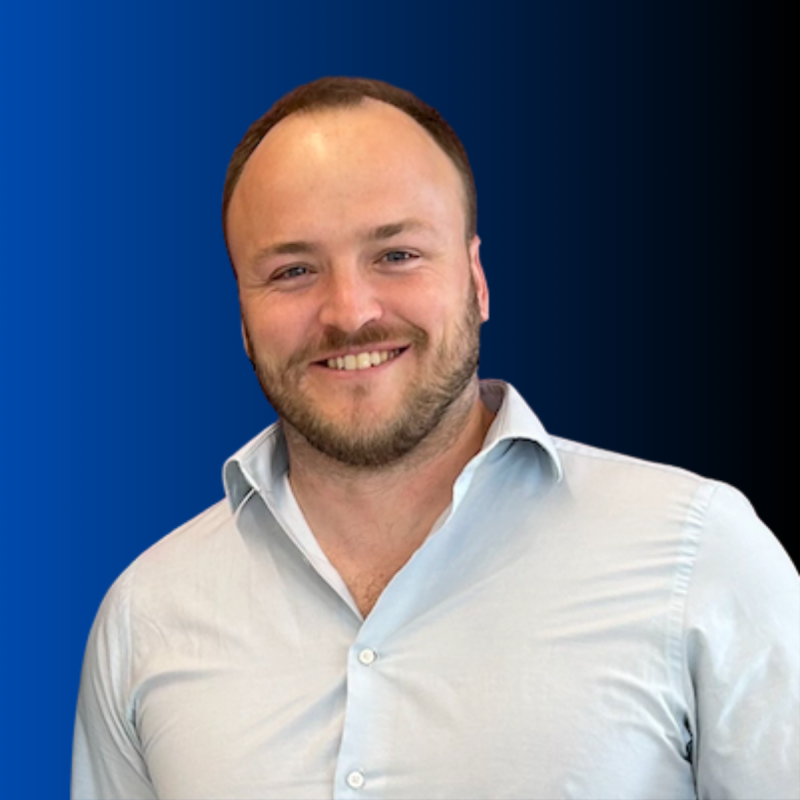Access to surgical care remains a critical challenge for a significant portion of the global population, with an estimated 4.8 billion people lacking access to surgical services, according to a modeling study published in The Lancet. This staggering figure highlights the widespread inequity in surgical care distribution worldwide, particularly in low and middle-income countries, but also in comparatively high-income America. As the global health community emphasizes the importance of achieving universal health coverage, it becomes imperative to prioritize the expansion of surgical services. It is imperative to find a solution that ensures consistent, standardized care for all individuals on a global scale. To address this pressing need, the integration of artificial intelligence (AI) and light field technology holds transformative potential in revolutionizing surgical practices, standardizing care, and bridging the gap between skilled surgeons and those in training.
AI and Light Field Technology: Transforming Surgical Care
Artificial intelligence has revolutionized various industries, and its potential impact on surgery is profound. AI tools, when leveraged correctly, can serve as a powerful tool in standardizing surgical practices and closing the gap in expertise between experienced and novice surgeons. By analyzing vast amounts of surgical data, AI algorithms can identify best practices, provide real-time guidance, and offer valuable insights for surgeons. This enables less-experienced surgeons to replicate the techniques of their more skilled counterparts and accelerate their learning curve.
In conjunction with AI, light field technology has emerged as a game-changer in surgical navigation. Light field technology captures both the intensity and direction of light rays, allowing for the creation of interactive and dynamic 3D representations of surgical scenes. This real-time tracking of patient anatomy minimizes the need for radiation exposure among surgeons and patients and it facilitates the use of a digital twin—a virtual replica of the surgical environment. Surgeons can utilize this digital twin to receive surgical guidance, predict surgical tool trajectories, and ensure safety by assessing proximity to critical anatomical structures.
Standardizing Care and Enhancing Training
Achieving standardized surgical care is crucial for ensuring consistent quality and improving patient outcomes. AI and light field technology play a pivotal role in this pursuit. AI algorithms can analyze surgical data to establish standardized protocols, techniques, and best practices in complex patient cases. By integrating AI into surgical training programs, aspiring surgeons can access real-time feedback, personalized guidance, and simulation-based training, allowing them to acquire expertise more efficiently and effectively.
Light field technology, through the creation of a digital anatomical twin, offers a realistic virtual environment for surgeons to practice and refine their skills. Surgeons can computationally visualize complex anatomical structures and simulate surgical procedures, gaining valuable experience before performing them on patients. This integration of AI and light field technology not only enhances surgical training but also promotes continuous professional development and lifelong learning for surgeons.
Addressing the Surgeon Crisis
The demand for surgical services is rapidly increasing, creating concerns about a potential shortage of skilled surgeons in the near future. However, AI and light field technology offer a promising solution to address this imminent need. In tandem, these technologies act as valuable tools by providing guardrails and guidance to surgeons, particularly those who are less experienced. With the aid of AI algorithms, surgeons can navigate intricate procedures with enhanced precision and confidence. This not only improves patient outcomes but also expedites the training process, allowing surgeons to acquire expertise more efficiently. By bridging the gap between good surgeons and great surgeons, AI and light field technology contribute to a more robust and sustainable surgical workforce for the future and enable widespread access to high-quality surgical care.
Recognizing the need for a significant transformation in surgical training, it’s clear that the current postgraduate programs are not adequately preparing surgeons for the advancements in technology. Minimal exposure to new technological developments during the early years of postgraduate training hinders the ability of surgeons to adapt to the evolving technology required in the surgical landscape. To meet the demands of the future, a new vision for surgical training is necessary. Early exposure to robotic and artificial intelligence technologies is vital to equip surgeons with the skills and knowledge required to leverage AI and light field technology effectively. By incorporating these advancements into training programs, aspiring surgeons can stay at the forefront of surgical innovation and contribute to addressing future challenges in surgical care.
The convergence of AI, light field technology, and surgical training not only addresses the pressing issue of surgical inequity but also offers a pathway to meet the rising demand for surgical services. By standardizing procedures and providing guidance, these technologies empower surgeons at all levels of experience to deliver high-quality care. Moreover, the efficient training enabled by AI and light field technology accelerates the development of surgical skills, minimizing the gap between the demand and supply of skilled surgeons. This transformative approach to surgical training ensures that the future workforce is well-equipped to leverage cutting-edge technologies, ultimately benefiting patients through improved access to quality surgical care.
The Future of Surgical Equity
As we harness the power of AI and light field technology, we can navigate and operate with greater precision, ensuring better patient outcomes. With demand for surgical needs increasing and a potential shortage of skilled surgeons looming, combined with the fact that it takes years for surgeons to hone their expertise, the integration of AI and light field technology becomes paramount. These advancements provide the necessary guardrails, allowing surgeons to enhance their skills more rapidly and ensuring standardized care across the board, regardless of geographic location. The transformative potential of AI and light field technology in surgical practices is immense, ultimately benefiting both patients and medical professionals. The future of surgery is here, and it is driven by the remarkable possibilities of AI and light field technology.
Note: Dr. Samuel Browd is the Co-founder and Chief Medical Officer at Proprio, Professor of Neurological Surgery at the University of Washington, and board-certified attending neurosurgeon at Seattle Children’s Hospital, Harborview Medical Center and the University of Washington (UW) Medical Center. He received his M.D., Ph.D. at the University of Florida, completed neurosurgical residency at the University of Utah, and Pediatric Neurosurgery Fellowship at the University of Washington/Seattle Children’s Hospital. He also completed a research post-doctoral fellowship on functional magnetic resonance imaging and operative navigation. In co-founding Proprio alongside University of Washington’s Sensor Systems Labs’ Dr. Joshua Smith, UW MBA graduate Gabriel Jones, and computer vision specialist James Youngquist, Dr. Browd sought to leverage the emerging technologies of AR/VR and AI to revolutionize the way surgeons navigate human anatomy. Proprio was created with a mission to use technology and data to transform surgical care and improve outcomes.




